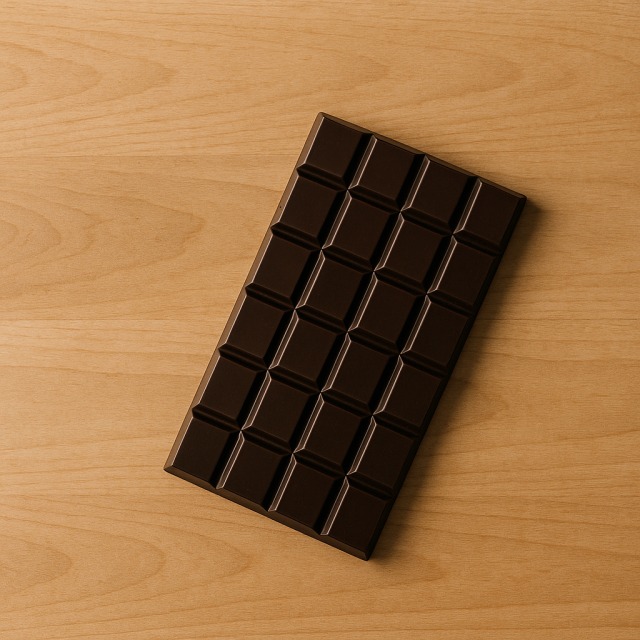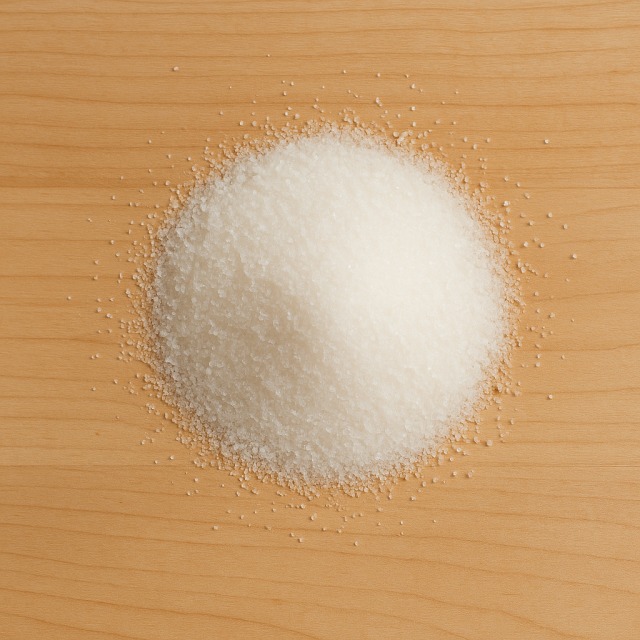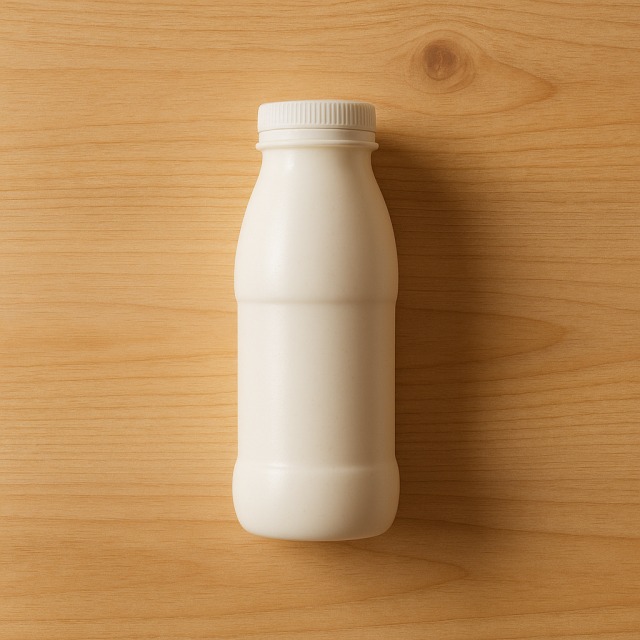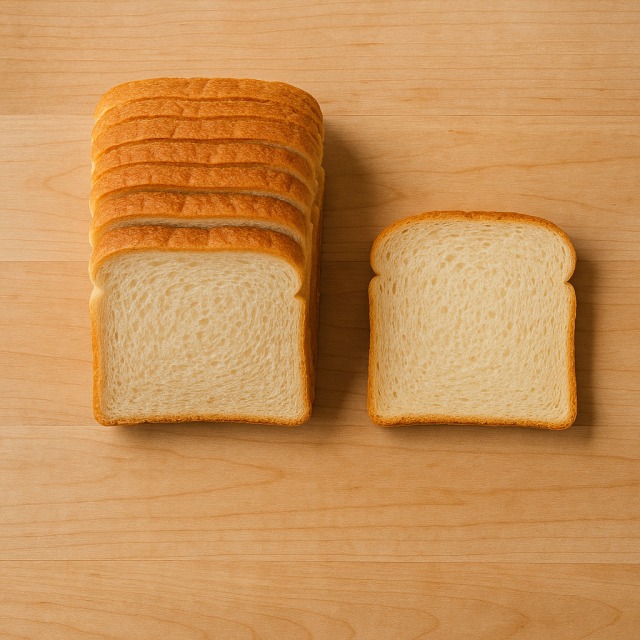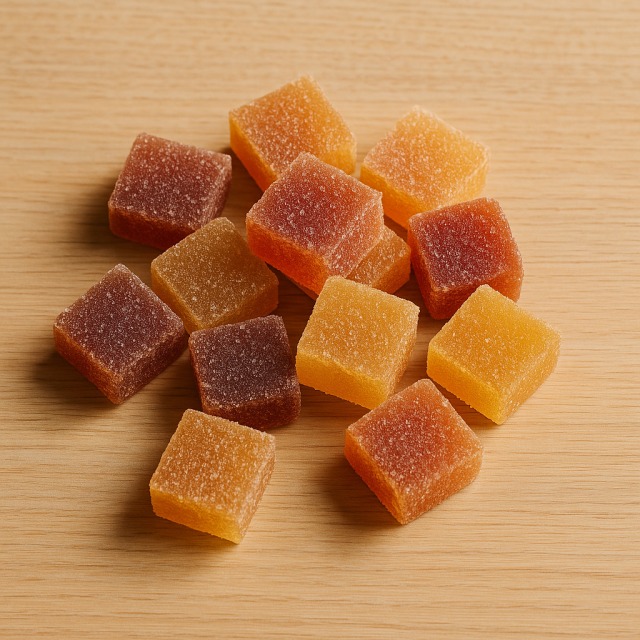Calorie Chart / Breakfast, Snacks / Chocolate - Milk
How Many Calories Are in Milk chocolate?
Calculation of the nutritional value & Recommended Dietary Intake of milk chocolate
For g and a calorie requirement of kcal
| Calories 112 kcal | Proteins 1.6 g | Lipids 6.4 g | Carbohydrates 12 g |
| 6% | 2% | 10% | 4% |
Health benefits of milk chocolate

Milk chocolate - 100g
Calories 560 kcal
Proteins 8 g
Lipids 32 g
Carbohydrates 60 g
Milk chocolate is a high-calorie food, delivering concentrated energy that can be useful when you need quick fuel. Those calories mainly come from its mix of sugars and cocoa butter, while 8 g of proteins per 100 g add a touch of satiety.
Beyond calories, milk chocolate supplies minerals naturally present in cocoa and milk: calcium for bones, magnesium for muscle function, phosphorus for cell metabolism, and a modest amount of iron. It also provides B-group vitamins (notably B2 and B12) from the milk solids.
The cocoa fraction contains flavanols with antioxidant properties, although in smaller amounts than in dark chocolate. Theobromine and a little caffeine may offer a mild stimulating effect, and the tryptophan it contains is supposedly linked to serotonin production, explaining the frequent "comfort food" reputation (the mood benefit remains supposed, not formally proven).
Historically, milk chocolate was created in Switzerland in the 19th century by mixing powdered milk with cocoa mass, making it creamier and, of course, richer in calories than the original dark varieties. Knowing it is high-calorie helps you decide when and how to enjoy it without exceeding your daily calorie budget.
Tips for incorporating milk chocolate into a balanced diet
Because milk chocolate is dense in calories, portion control is key: 20 g (about two squares) can satisfy a sweet craving while limiting calorie intake. Enjoy it at the end of a balanced meal rather than on an empty stomach to avoid a rapid blood-sugar spike.
For a light dessert, melt a few squares and drizzle over sliced banana or a baked apple; the fruit fiber tempers the calorie surge and adds vitamins. A small milk-chocolate fondue with chunks of strawberry or pineapple follows the same principle.
At breakfast, grate one square into hot semi-skimmed milk or stir it through warm oats with a spoonful of almond slivers: you obtain flavor with controlled calories while boosting proteins and good fats.
Fans of savory-sweet mixes can add a hint of milk chocolate to a chili or mole sauce served with lean chicken breast; the intense taste lets you use very little, keeping extra calories minimal. Whichever recipe you choose, remember to count the chocolate toward your daily calories so the overall meal remains balanced.
Frequently Asked Questions
- How many calories are in milk chocolate?
- There are 560 kcal per 100 g of milk chocolate.
- Is milk chocolate higher in calories than dark chocolate?
- Yes, the added milk solids and sugar generally make milk chocolate several dozen calories richer per 100 g than most dark varieties.
- Can milk chocolate fit into a weight-loss diet without blowing my calorie budget?
- In moderation it can: plan for one 15–20 g square, record those calories in your tracker, and balance the rest of the day with nutrient-dense, lower-calorie foods like broccoli or spinach.
- What is the best time of day to eat milk chocolate to control calories?
- Right after a meal, when proteins and fibers are already present, slows sugar absorption and may help you stop at a smaller portion, limiting added calories.
- Does the protein in milk chocolate help athletes despite the calories?
- The 8 g of proteins per 100 g are modest; athletes usually prefer higher-protein, lower-sugar snacks such as a slice of almond butter on whole-grain bread, reserving milk chocolate as a controlled-calorie treat.
Similar foods
Information provided by Calorie Menu may contain inaccuracies or errors. It cannot, under any circumstances, substitute medical advice or medication.
